Nawanshahr Tourism
Search related to Punjab Tourism

Nawanshahr is a small city located in the Indian state of Punjab. The city is located at the foothills of the Shivalik range and is surrounded by lush green forests and scenic hills. It is the headquarters of the Nawanshahr district and is an important cultural and commercial center of the region.
History
Nawanshahr has a rich history that dates back to ancient times. The city was originally known as "Nawana Shahar," which means "new town" in Punjabi. It was founded by Nawab Saif Khan, a nobleman of the Mughal Empire, in the 17th century. The city served as an important center of trade and commerce during the Mughal era and was a hub of activity for traders from all over the region.
After the decline of the Mughal Empire, Nawanshahr came under the control of the Sikh Empire in the 19th century. The city played a significant role in the Sikh struggle for independence and was the site of several important battles during the Sikh wars. After the British annexation of Punjab in 1849, Nawanshahr became a part of the British Raj and remained so until India's independence in 1947.
Geography
Nawanshahr is located in the north-western part of the Indian subcontinent, in the state of Punjab. It is situated at an elevation of 240 meters above sea level and covers an area of approximately 2,516 square kilometers. The city is surrounded by lush green forests and is located at the foothills of the Shivalik range. The Sutlej River flows through the district, providing irrigation for agriculture.
Demographics
Nawanshahr has a diverse population, with people from different ethnic and religious backgrounds. According to the 2011 census, the population of the district was 615,929, with a male-to-female ratio of 52:48. The literacy rate in the district is 77.53%, which is higher than the national average of 74%. The official language of the district is Punjabi, which is spoken by the majority of the population.
Economy
The economy of Nawanshahr is primarily based on agriculture. The fertile land in the region makes it ideal for growing crops such as wheat, rice, sugarcane, and cotton. The city is also known for its horticulture, with several fruit orchards located in the surrounding areas. The district is home to several small and medium-sized industries, including textiles, handloom, and food processing.
Culture
Nawanshahr has a rich cultural heritage and is known for its traditional Punjabi folk music and dance. The region is also famous for its cuisine, which includes dishes such as sarson ka saag, makki di roti, and lassi. The city hosts several cultural events throughout the year, including Baisakhi, the harvest festival of Punjab, and Diwali, the festival of lights.
Tourism
Nawanshahr is a popular tourist destination, with several historical and religious sites located in and around the city. Some of the major tourist attractions in Nawanshahr are:
- Gurudwara Nanaksar Sahib: This historic gurudwara is dedicated to Guru Nanak, the founder of the Sikh religion. It is located on the banks of the Sutlej River and is considered to be one of the holiest places in Punjab.
- State :
- Punjab
How to Reach Nawanshahr
Complete List of Tehsils in Nawanshahr District, Punjab
| S.No | Tehsil / Taluk Name | District Name | State Name |
|---|---|---|---|
| 1 | Balachaur | Nawanshahr | Punjab |
| 2 | Banga | Nawanshahr | Punjab |
| 3 | Nawanshahar | Nawanshahr | Punjab |
| 4 | Nawanshahr | Nawanshahr | Punjab |
| 5 | Phillaur | Nawanshahr | Punjab |
Discover Exciting Places to Visit in Agra, Uttar Pradesh - Your Ultimate Travel Guide
Are you ready to explore the wonders of Agra, Uttar Pradesh? From the majestic Taj Mahal to hidden gems waiting to be discovered, our travel guide unveils the most captivating
Explore Exciting Places to Visit in Mumbai, Maharashtra - Your Ultimate Travel Guide
Ready for an adventure? Mumbai, in the beautiful state of Maharashtra, is packed with amazing places waiting to be explored! From iconic landmarks to hidden gems, Mumbai has something for
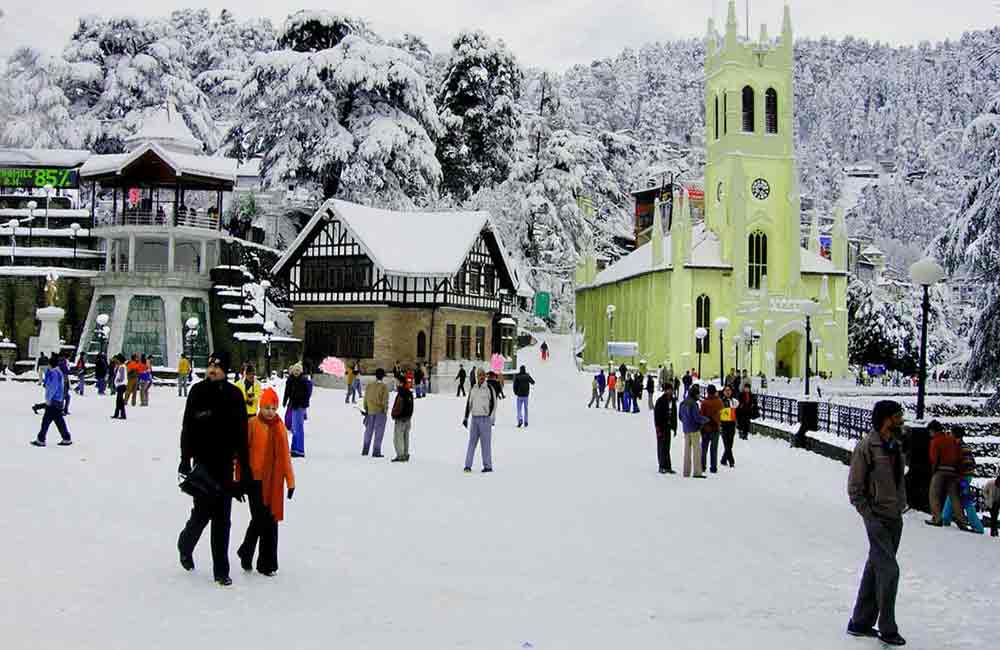
Explore the Wonderful Places to Visit in Manali, Himachal Pradesh - Your Ultimate Guide!
Ready for an exciting adventure? Discover the places to visit in Manali, Himachal Pradesh! From snowy mountains to lush valleys, there's something for everyone. Plan your trip now and explore
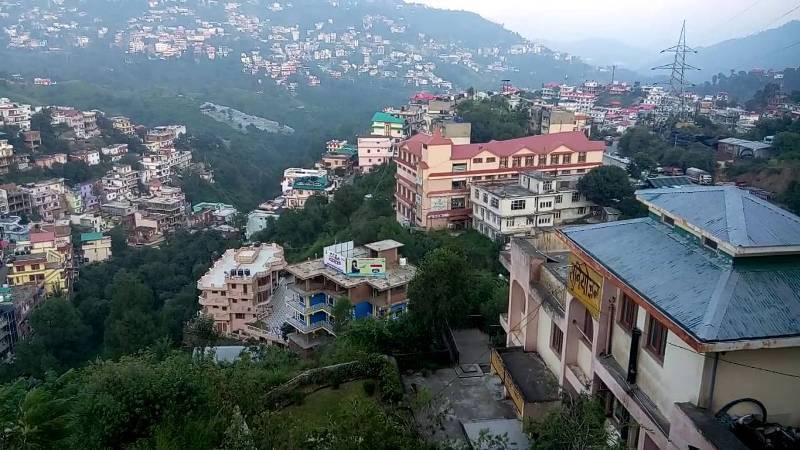
Places to Visit in Solan Himachal Pradesh - Explore the Best Tourist Spots
Discover the enchanting beauty of Solan Himachal Pradesh by exploring its myriad tourist spots. Whether you're seeking adventure or tranquility, Solan has something for everyone. From lush green valleys to
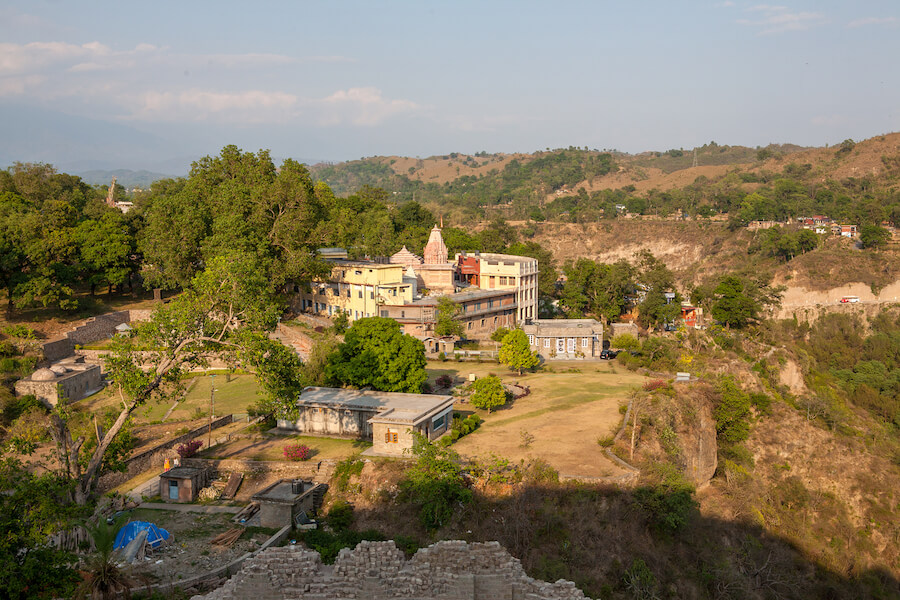
Discover the Best Places to Visit in Kangra, Himachal Pradesh: A Traveler's Guide
Ready for an exciting journey? Kangra, Himachal Pradesh welcomes you with open arms! Explore ancient temples, lush landscapes, and more in this enchanting valley. Let's uncover the best places to
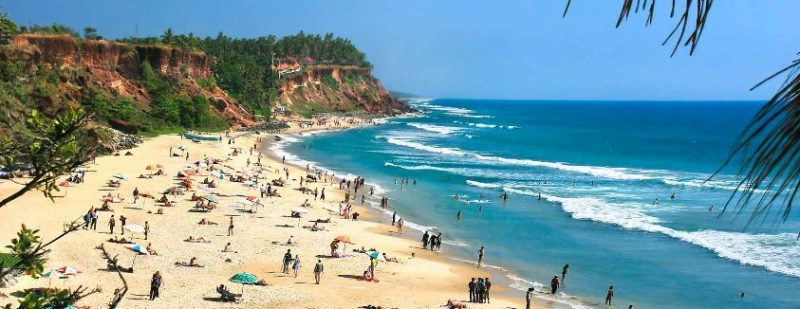
Explore Incredible Places to Visit in Varkala, Kerala: A Guide
Are you ready for an adventure? Varkala in Kerala is waiting for you! Discover the magic of this beautiful place with our guide to the best places to visit. From
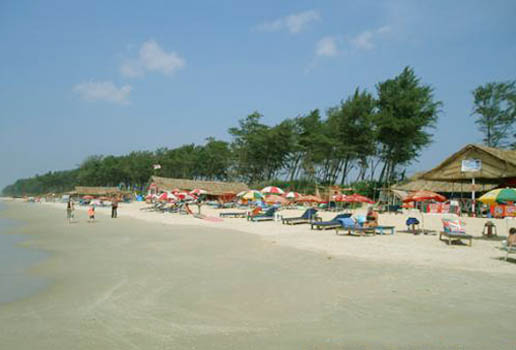
Explore Panaji, Goa: Discover the Best Places to Visit in the City
Ready for an adventure? Panaji, located in Goa, is packed with exciting places to visit. From ancient forts to picturesque beaches, there's never a dull moment in this lively city.
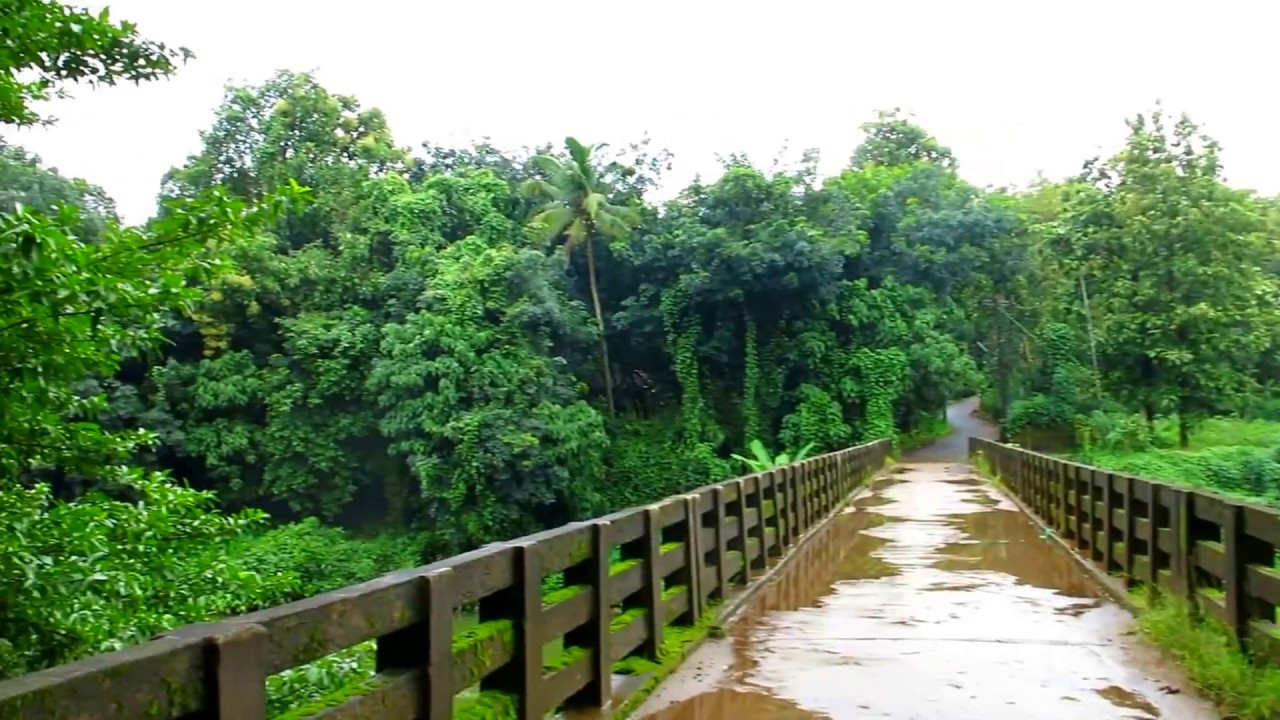
Explore the Best Places to Visit in Thrissur, Kerala – A Perfect Guide for Your Next Adventure!
Are you ready to explore Thrissur, Kerala? Get ready for an exciting journey through this vibrant city! Discover its rich history, stunning landmarks, and fascinating culture. With our guide to
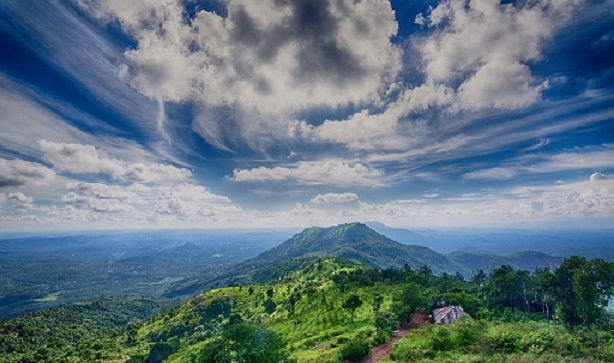
Explore the Best Places to Visit in Malappuram, Kerala - A Traveler's Guide
Dive into the beauty of Malappuram, Kerala with our ultimate travel guide! From picturesque beaches to fascinating historical sites, explore the best places to visit in Malappuram Kerala. Whether you're
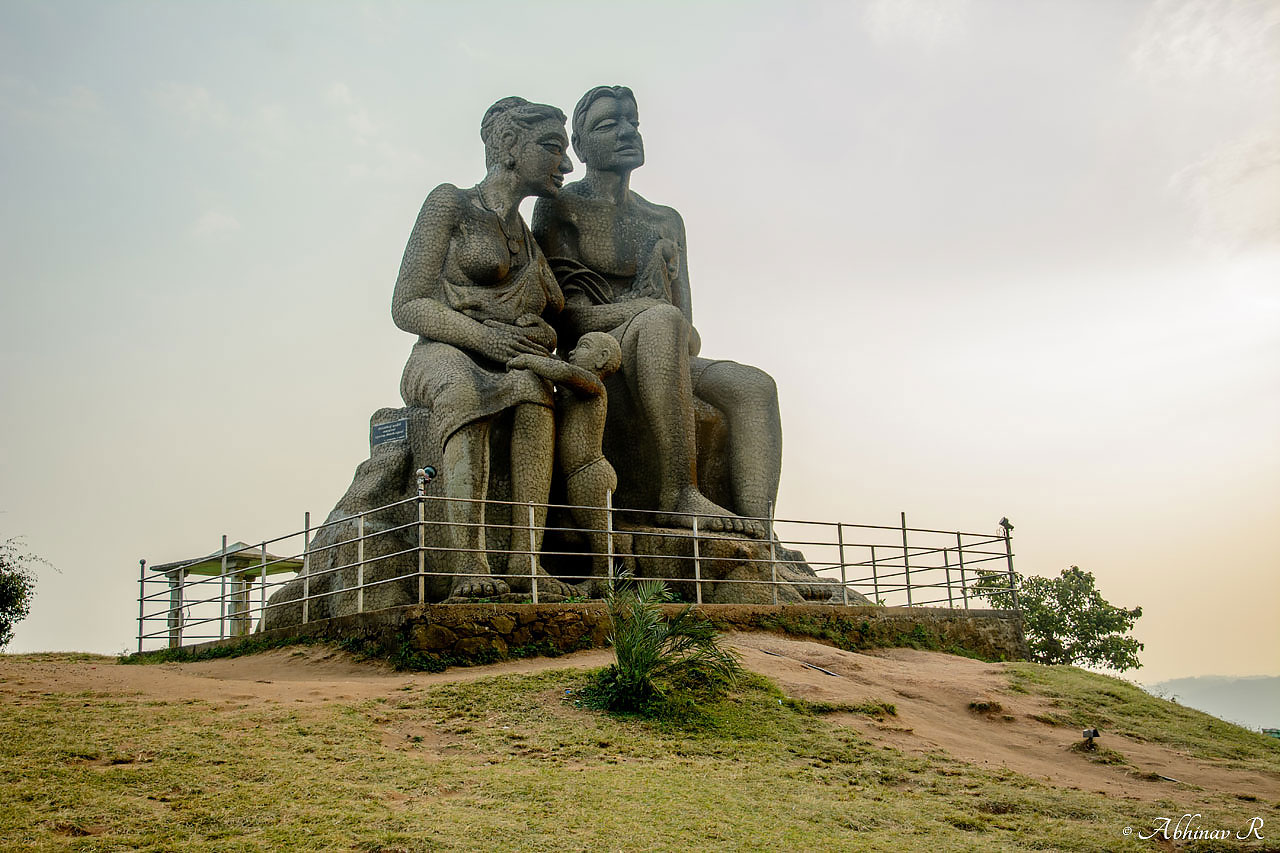
Explore the Best Places to Visit in Idukki, Kerala - A Traveler's Guide
Discover the mesmerizing beauty of Idukki, Kerala with our guide to the best places to visit. From breathtaking landscapes to serene lakes, explore the charm of this enchanting destination. Whether


